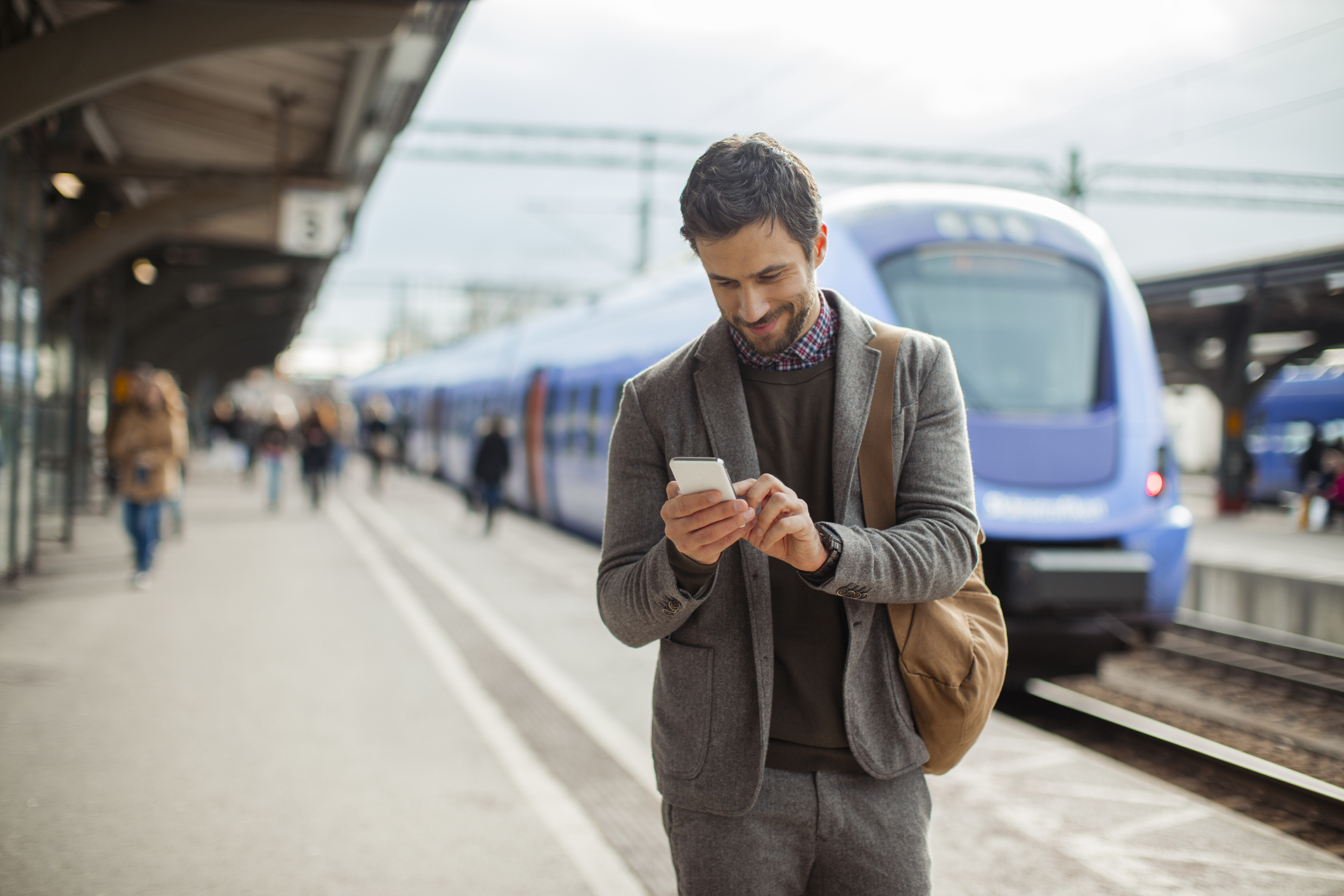How many times have you travelled for business and wished you had an extra day or two to explore the city you’re visiting? Too often the only views business travellers get is what they see from the airplane, hotel or conference room windows. But things are changing.
The number of travellers who merge business travel and leisure travel is on the rise. These “bleisure” trips increased 20 percent from 2016 to 2017, according to a new study by SAP Concur, a company that provides expense management services and solutions. Travellers all over the world took more than 2.2 million bleisure trips during this time period, accounting for 10 percent of all business trips.
Travellers of all ages are taking advantage of the trend of adding leisure time to their business trips, including baby boomers, Generation X, and millennials. Bleisure trips are appealing because they are cost-effective and make work more enjoyable. The trips can also make employees feel happier and rejuvenated, and probably more pleasant and productive when they return to the office, noted SAP Concur.
While analyzing bleisure trips in the Americas in 2017, SAP Concur found that millennials are most likely to take part in the trend (38 percent), followed by Generation X (31 percent) and baby boomers (31 percent). Notably absent is Generation Z (those born between the mid-1990s and mid-2000s).
SAP Concur defines a bleisure trip as one that includes a Saturday night. The most popular destinations for these types of travellers are New York City, Chicago, Los Angeles, Tel Aviv, London, Paris, Tokyo, Singapore, and Shanghai.
Companies like Airbnb, which are increasingly being used by business travellers, are benefiting from the surge in bleisure travel. SAP Concur found that 70 percent of trips booked with Airbnb include a Saturday night stay, compared to just 10 percent of trips with hotel bookings.
Regarding bleisure trips, 76 percent of bookings at Airbnb properties were made by millennials versus just 6 percent made by baby boomers.
The most popular months of the year to take a bleisure trip—no matter where in the world—are September and October. People are 15 percent more likely to take a bleisure trip in September and 18 percent more likely to do so in October.
The majority of bleisure trips (40 percent) in 2017 involved workers from the manufacturing, tech, and financial services sectors.
Typically, travellers tack on two days to bleisure trips versus non-bleisure trips. Government contractors tend to extend their trips by an additional day.


